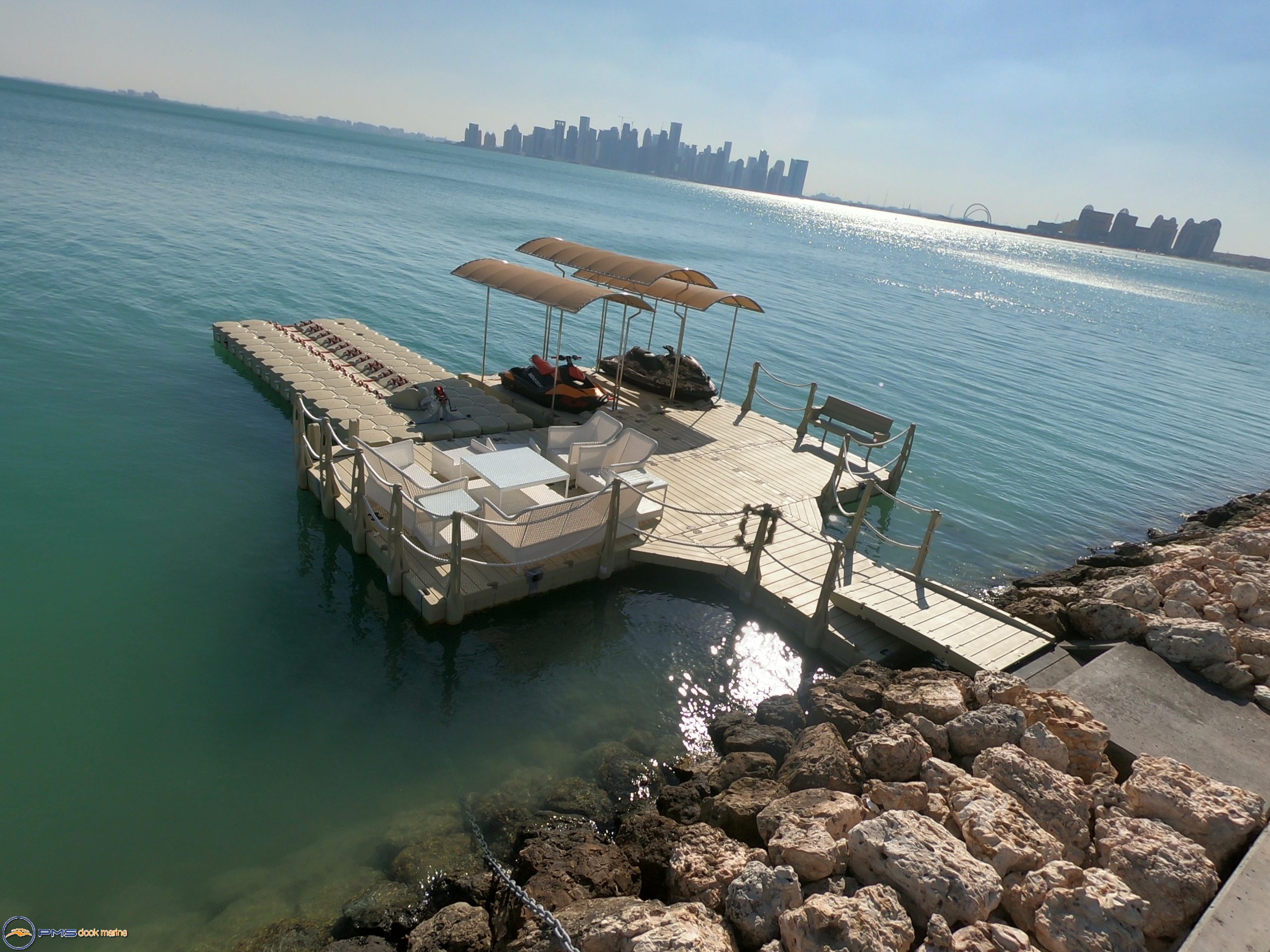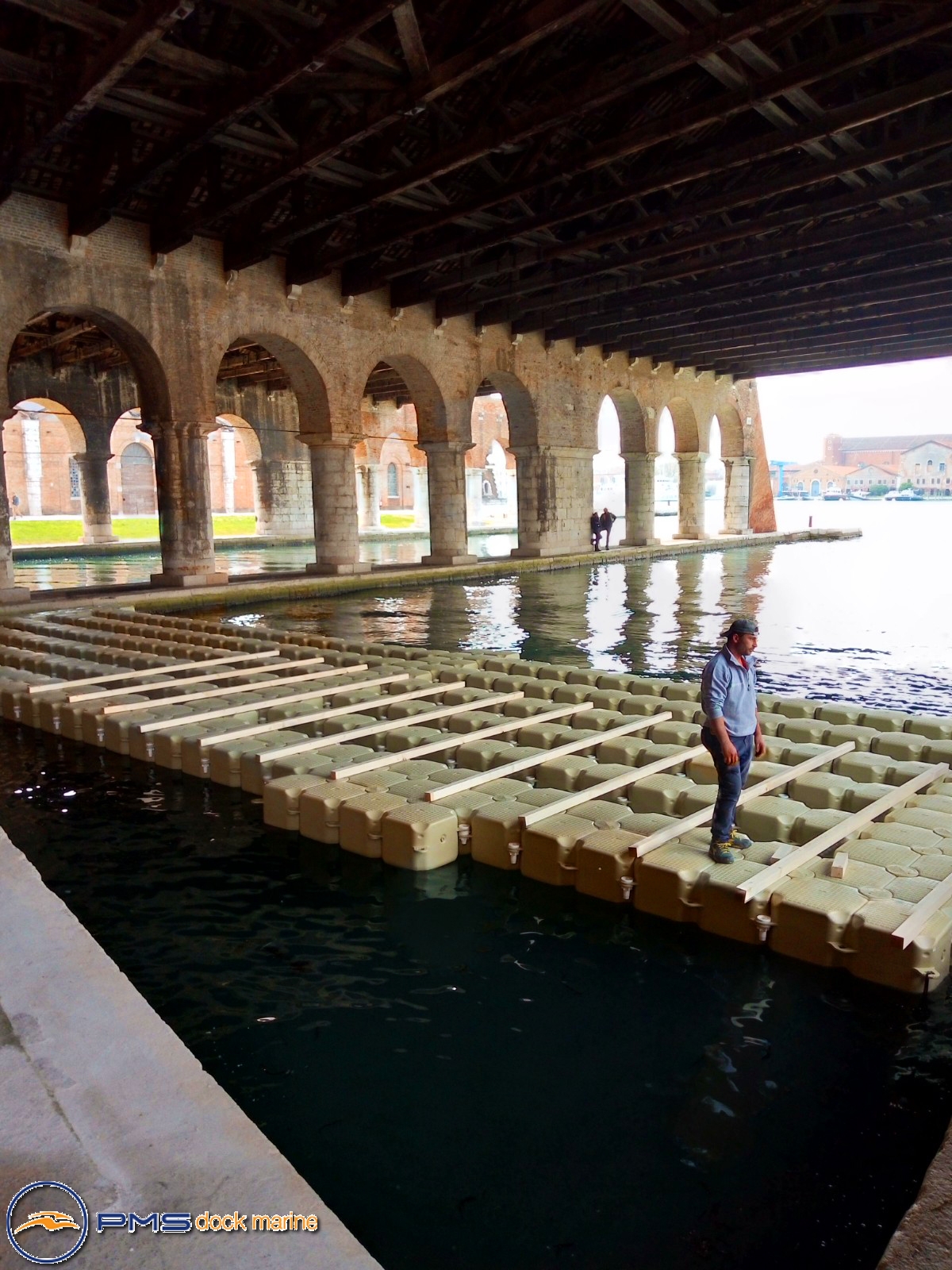Port and Dock: Understanding the Difference
1: Definition and Purpose
Ports and docks are essential components of maritime infrastructure, but they serve distinct purposes. A port refers to a location where ships can load and unload cargo, passengers, and other goods. It serves as a gateway for international trade and facilitates the movement of vessels in and out of a country. On the other hand, a dock is a specific structure within a port or along a water body where ships can berth for loading, unloading, or repairs.

2: Functionality
Ports are bustling hubs of economic activity, equipped with various facilities to handle cargo and passengers efficiently. They often encompass multiple docks, terminals, warehouses, and other ancillary services. Ports facilitate the transfer of goods and facilitate customs clearance, making them crucial contributors to a country’s economy.
Docks, on the other hand, provide berthing facilities for vessels to anchor safely. They may vary in size and design, accommodating different types of ships, from large container vessels to small pleasure boats. Docks serve as a secure and stable location for vessels to rest and carry out loading and unloading operations.
3: Infrastructure and Design
Ports are expansive and complex structures that require extensive planning and investment. They feature deep-water channels, piers, quays, and other facilities to accommodate large vessels and ensure smooth operations. Ports are equipped with cranes, cargo-handling equipment, and passenger terminals to cater to diverse maritime needs.
Docks, in comparison, are individual structures that can be standalone or part of a larger port complex. They are designed to withstand the forces of water currents and tides, providing a stable platform for vessels to moor. Docks may have amenities like fenders, bollards, and gangways to facilitate safe berthing.
4: Ownership and Management
Ports are typically owned and managed by government entities or port authorities. They are subject to various regulations and policies to ensure efficient use of resources and maintain security.
Docks, on the other hand, can be privately owned or managed by port authorities. Private docks are often associated with commercial facilities, shipyards, marinas, or industrial installations. Port authorities may also operate public docks to provide berthing options for vessels.

5: Importance in Maritime Operations
Both ports and docks play integral roles in facilitating maritime operations. Ports handle vast quantities of cargo, promoting international trade and economic growth. They also serve as gateways for tourism, fostering cultural exchange and attracting visitors from around the world.
Docks, while smaller in scale, are equally essential for vessel operations. They provide a safe space for ships to anchor, ensuring efficient loading and unloading processes. Docks are crucial for various maritime sectors, including commercial shipping, fishing, naval operations, and leisure boating.
Conclusion:
Ports and docks are inseparable components of maritime infrastructure, each with its unique purpose and significance. While ports serve as crucial gateways for international trade and passenger transportation, docks provide essential berthing facilities for vessels to anchor securely. Together, they form the backbone of maritime operations, facilitating global commerce, and ensuring safe and efficient vessel movements. PMS Dock Marine recognizes the importance of both ports and docks, offering innovative solutions to enhance their functionality and contribute to the seamless flow of maritime activities worldwide.

